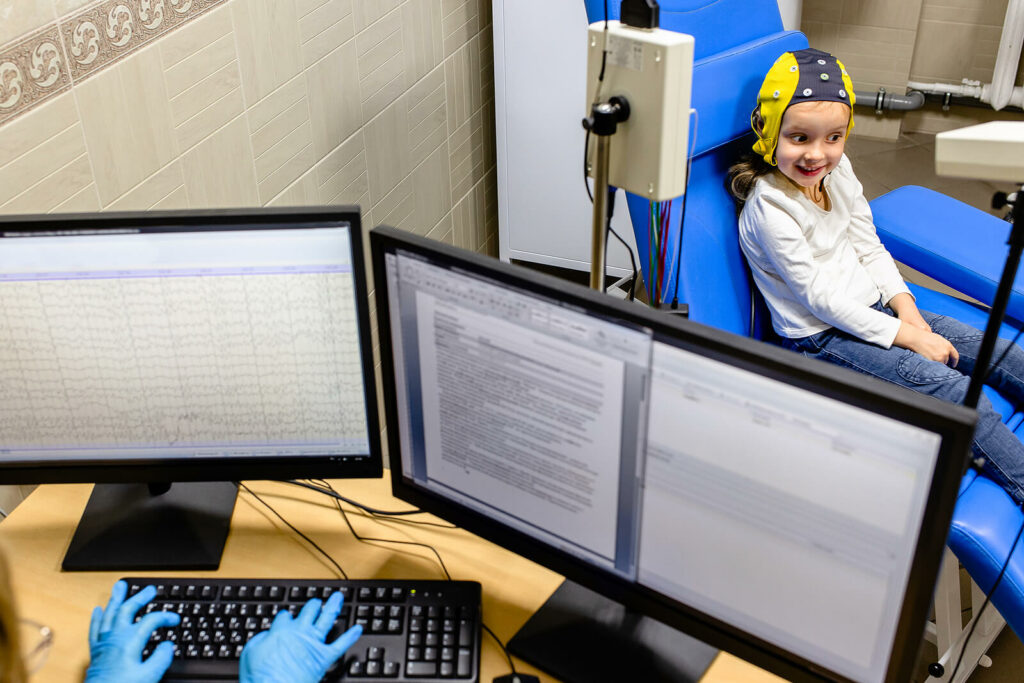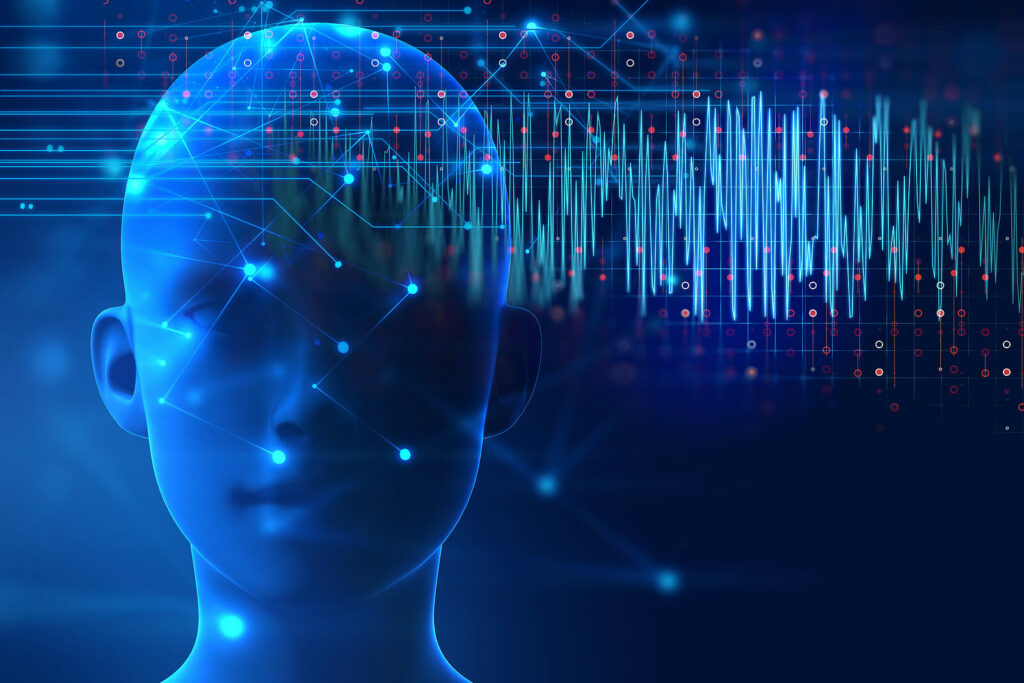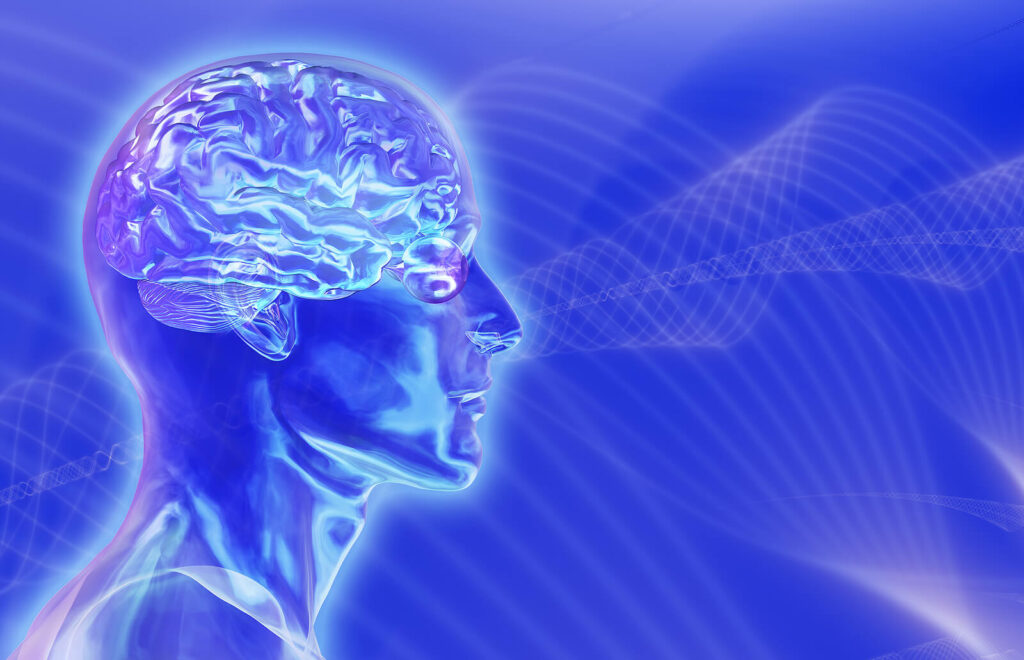Neurofeedback is an effective treatment for ADHD and is as effective as stimulant medication for ADHD.
Neurofeedback is a clinically tested and validated form of ADHD treatment. It is also used to treat other mental health conditions, such as anxiety, depression, post-traumatic stress disorder (PTSD), and sleep issues. We are one of the first mental health practices in the Washington, DC, Maryland, and Virginia area to use neurofeedback for mental health treatment. Schuyler Cunningham, our Director at The Center for Neurocognitive Excellence, has written a book on neurofeedback, and his chapter on neurofeedback is published in the Social Workers’ Desk Reference Guide (see chapter 60).
What is Neurofeedback?
Neurofeedback is the process of training brain waves to reduce or eliminate unwanted mental health symptoms. Additionally, Neurofeedback does not require anyone to come off of their medications but can be used together with medications. Neurofeedback reduces or eliminates unwanted mental health symptoms by helping the brain rewire itself. Our brains are amazing and can actually rewire themselves with a little nudge in the right direction.
A Marked Improvement In Symptoms
Our clients see a marked improvement in their mental health symptoms after using neurofeedback. Many of them can reduce or even stop their medication entirely. In fact, we do neurofeedback because so many of our clients asked for a way to treat mental health conditions without mental health medications. This whole process usually takes a few months. However, the research and our work show that the results stick after neurofeedback treatment stops. That is powerful! Instead of taking medication for the rest of your life, or until you can’t bear it anymore, neurofeedback helps you avoid addictive stimulants and other unwanted side effects of medications.
How does neurofeedback work?
Neurofeedback was studied in labs for about 50 years. The claim to fame is a study in which NASA used neurofeedback to monitor the brain waves of astronauts who were getting unwanted brain waves that could jeopardize their mission. In fact, because we are in Washington, DC, and serve the greater DMV area, we might have even treated some astronauts!
Using advanced technology, special electrodes are placed on the scalp. This allows us to target regions of the brain that need a little nudge so that the unwanted symptoms are reduced or stopped entirely. Once the electrodes are on the scalp, we set an upper limit and a lower limit in which we want a specific wave or a group of specific waves from your brain to move up and down. The research and our work with clients show us that these limits we set are known to be normal for each group of waves at these specific locations on your scalp. While neurofeedback training is happening, our clients either watch Netflix or whatever they want, while the training happens.
Two Forms of Feedback: Auditory and Visual
There are two main forms of feedback, which train the brain: auditory and visual. The auditory feedback involves pre-programmed sounds from the computer audio. This does not disrupt any show our clients watch while they are training. The visual feedback comes in the form of the screen dimming and brightening. Both of these forms of feedback are the actual training itself. Nothing is ever sent into your brain, like electric shocks, and no magnets are being used. It is simply the sounds you hear (auditory feedback) and the screen dimming and brightening that you see (visual feedback) that does the training. This leads to a more efficient and stable brainwave pattern and nervous system.
What is a QEEG or qEEG and how does it relate to neurofeedback?
A QEEG or qEEG is a Quantitative Electroencephalogram. It is also known as brain mapping. Simply put, it is a way to measure brain wave activity. A QEEG is used at the beginning of neurofeedback treatment to take a baseline measurement of brain wave activity. This is so that we know which areas of the brain to target with neurofeedback training. Many neurofeedback providers do not use QEEGs but we do. We do this because if we can see where someone started and where they ended up after the neurofeedback training, we are able to be much more precise. This allows us to save you time, and money, and not overtrain. Overtraining can cause brain fatigue. Which can make it hard to think and cause a headache or migraine. Instead of that, our goal is always to improve your mental health.
QEEG, When Are They Done?
Typically we perform a QEEG before neurofeedback training and then after about 20-30 sessions. We can do it more often or on an as-needed basis. Also, we typically do this to measure progress. We have an initial fee for an intake for the first QEEG but then each QEEG is only the cost of a regular session. This way you can get your results without having to pay an arm and a leg. After each QEEG, clients meet with our Director to review their results and discuss recommendations for neurofeedback training. This is called QEEG-guided neurofeedback and is the gold standard for neurofeedback training.
Who can benefit from Neurofeedback Training?
The Washington, DC Center for Neurocognitive Excellence focuses on using neurofeedback for mental health conditions. Below is more information about neurofeedback and ADHD. However, before we dive into that, we use neurofeedback to treat anxiety, depression, PTSD, sleep issues, and substance use. It’s effective for many other mental health conditions as well. There is plenty of evidence for many issues for which neurofeedback helps.
One quick note, the Center provides trauma-informed care. The main reason is that our Director was a Principal Investigator at the National Institute of Health and focused on traumatic stress in his research. Neurofeedback is very helpful in treating traumatic stress because it means: 1. That the client doesn’t have to talk about their trauma if they don’t want to or simply can’t and 2. neurofeedback helps calm the brain and nervous system down so that the symptoms of trauma can be better managed and tolerated, if not eliminated entirely.
How does Neurofeedback work?
Over the course of multiple sessions, neurofeedback nudges the brain to train itself by helping it regulate areas known to cause mental health symptoms. The fancy term for this is neuroplasticity, which basically means that the brain can change itself to healthier brain wave patterns, including repairing and replacing damaged areas of the brain, like from a concussion or brain fog from chemotherapy or COVID.
Technically speaking, neurofeedback is a type of biofeedback. But generally speaking, when people refer to biofeedback, they are referring to work on the muscles and physical body below the neck and not the brain itself. Biofeedback usually measures heart rate variability, sweat, respiratory rate, etc. Neurofeedback measures and trains brain wave activity.
Is Neurofeedback effective?
Yes. It is very effective and as effective as stimulant medication for people with ADHD. 50 years of advanced research shows how neurofeedback is more effective than the current standard of care, which is counseling and medication.
An important study found that nearly 50% of people who had neurofeedback for their ADHD have fewer ADHD symptoms. This is an important study because it reviews and summarizes a bunch of other studies, Even more exciting is that the results lasted for up to 12 months. They stopped keeping tabs after 12 months. In our experience, symptoms stay away for longer.
Another report that used the gold standard of research said that neurofeedback is so effective it is “an alternative therapy for children and adolescents with ADHD.” By alternative, they mean alternative to medicine.
We offer neurofeedback because it is effective, we have seen it work, and we want to offer an effective treatment other than medication.
Why don’t more places offer Neurofeedback Training?
Neurofeedback isn’t more widely used because it is hard to learn to provide what we like to call “prescription strength” neurofeedback. Sure, you can grab some gadgets online but that is “over the counter” and won’t get you great results, despite their fancy marketing. What makes “prescription strength” neurofeedback different is that the clinician has to be both a licensed therapist and trained in neurofeedback. This process can take years to complete.
Coordination of Care
A more cynical answer is that medications are easy to get, but that is becoming harder and harder. Many prescribers refer to DCNE because they want DCNE to lend our expertise to their prescription process. This is good practice and is called coordination of care. It means we work with your prescriber to inform their decision regarding what to prescribe. You don’t need a prescription to get neurofeedback.
Medications aren’t only available through a prescription. There are many reports of people “borrowing” others’ ADHD medication or trying something on the web that claims to be “performance enhancing.” DCNE’s point of view is that medications should only and always be taken as prescribed and not shared. Moreover, no one should take medication that is not prescribed to them. That can be dangerous medically and legally.
Types of Neurofeedback
DCNE offers several types of evidence-based neurofeedback. After revving a client’s intake QEEG, we recommend the best form of neurofeedback training to meet the desired goals. We regularly use amplitude training (such as Alpha/Theta training), Z-Score training, and Infra-Slow Fluctuation. Some people call these different names. Feel free to contact us to discuss this further so we are all on the same page before you begin neurofeedback training with DCNE.
Begin Neurofeedback Training in Washington, DC
Maybe your ADHD symptoms are too much. Or you’re sick of the side effects of medication. Maybe you want to get off your medication, or you’re feeling stuck with “talk therapy.” If so, consider neurofeedback as an effective alternative. Our clients love the results they get from neurofeedback, that it sticks over time, and that they can often come off or reduce the dose of their medications.
Our skilled team of clinicians will guide you through the process. We offer consultations for anyone interested in our services or who wants to know more. You can book your consultation on our website, by texting us at 202-998-ADHD (2343), or by emailing [email protected]. We offer free consultations because we want to answer your questions before we begin neurofeedback training with you or someone you know. We are your resource to make it easier, even if you don’t work with us.
Other ADHD Services Offered by DCNE
In addition to cutting-edge neurofeedback, we offer mental health assessments and counseling. We aren’t just an “uh huh, tell me more” kind of therapy practice. We want to get in there with you and provide real tangible results through assessments, behavioral counseling to keep you on track or get you back on track, and emotional processing to deal with the stigma of mental health and not feeling good enough. It is a complete package to get you where you want to be. That is what gives us the most joy!


